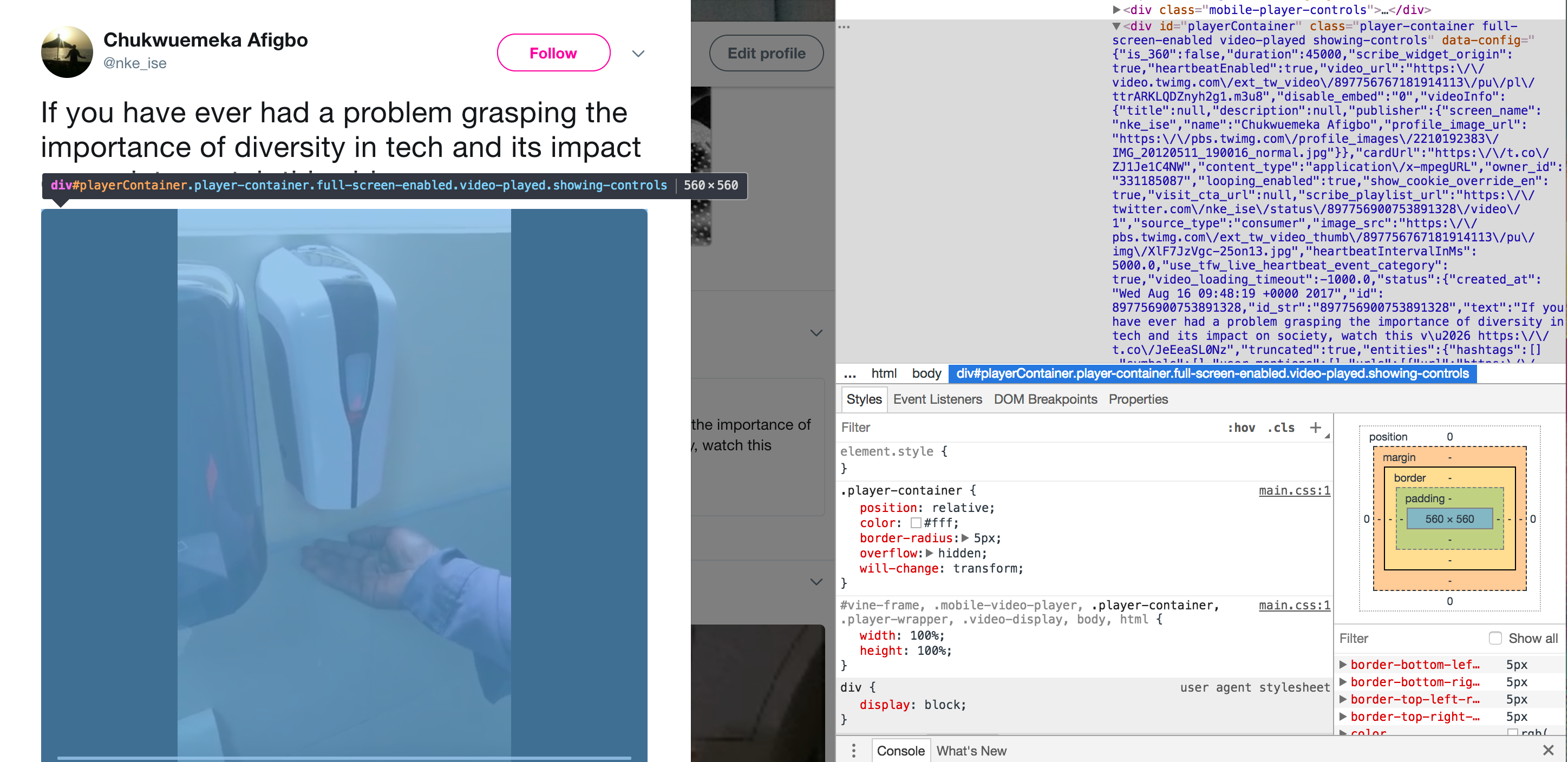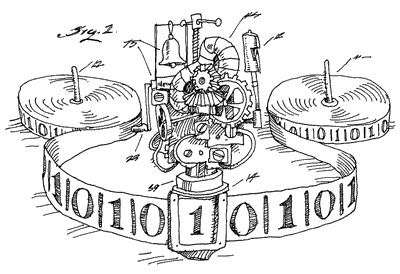Overview

Welcome to ENGL 3844 – Writing & Digital Media! In this course, I introduce fundamental practices and emerging theories of writing with and for digital media. We will learn basic authoring in web-development syntaxes, critical interpretation of online sources, social media management, and topics of computational abstraction for writers. This course is production-heavy, but we will come to a more enriched understanding about how such skills and technologies are always linked to communities and their knowledges, biases, and values. Accordingly, I categorize the learning objectives as follows: Production and Conceptual.
Production objectives
The following production-based objectives cover designing and developing a website that meaningfully integrates text, images, audio, and video conducive for a particular genre, audience(s), and purpose(s).
- Independently produce digital media, including photos, images, sound and video.
- Collaborate with others to create digital media including photos, images, sound and video.
- Recognize and use basic computational authoring syntaxes of
.html&.css. - Recognize and use copyleft resources to produce digital media.
Conceptual objectives
You will explore and subsequently examine the multiple audiences interceding across your networked writing lives. The conceptual objectives involve examining how traditional modalities of written communication have been intertwined with digital and computational modes of writing. For example, how might our conception of writing change if we understand URLs as texts? Or the data that networked devices and social media collect on users as texts? Or digital images and their formats as texts with organized values and signs? Essentially, what can we learn about written communication and audiences of texts if we understand digital data – their formats, structures, and content – as texts?
- Inventory digital media technologies and appraise their influence and import over time.
- Learn how digital data are written and used as texts for a variety of audiences.
- Develop a critical awareness about writing as digital media and shaped by digital media.
VT Principles of Community
- Diginity & Value
- Civility & Sensibility
- Diviersity & Difference
- Prejudice & Discrimination
- Ut Prosim (That I May Serve)

